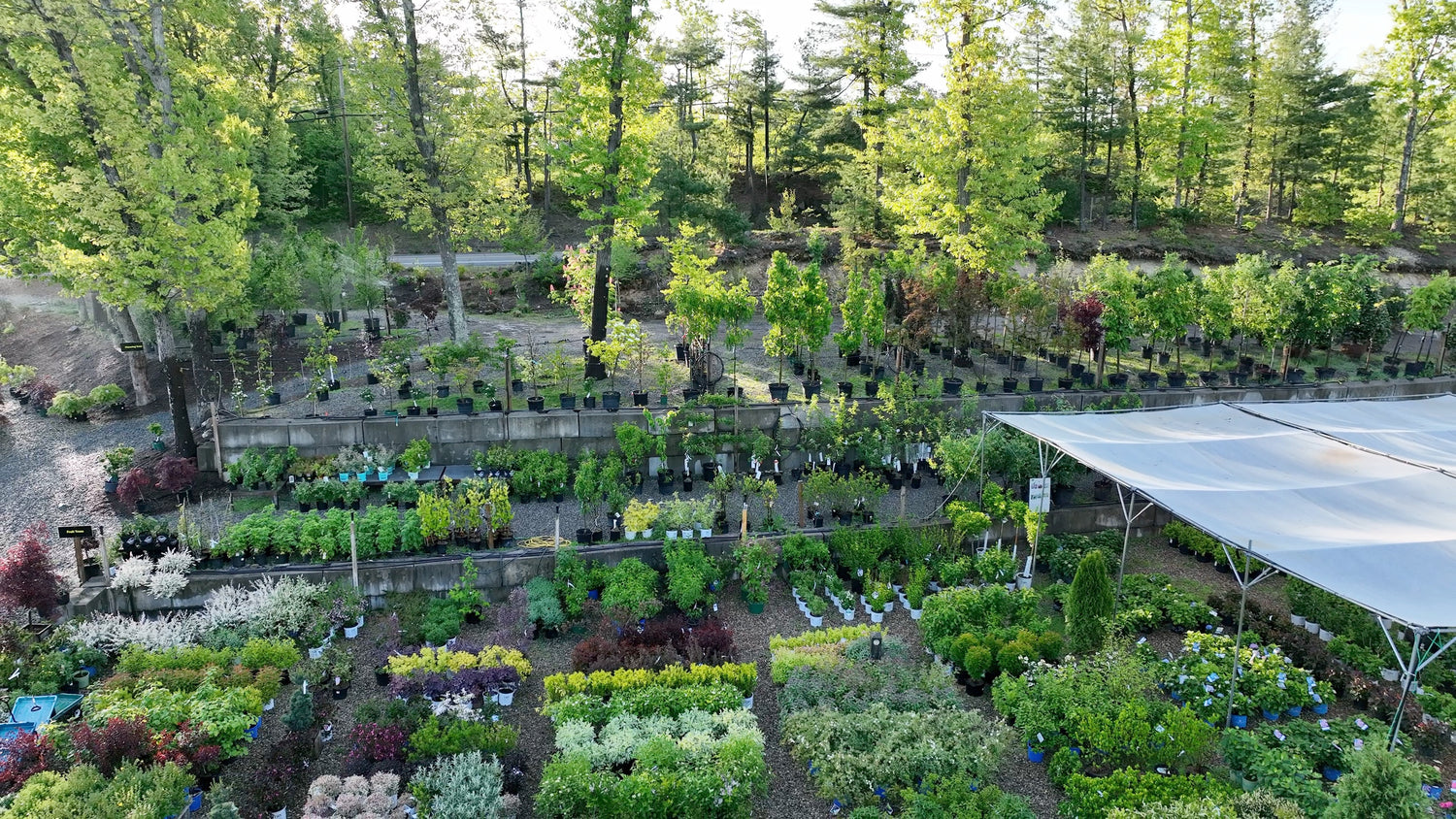Plant Guide
Plant Height: 3 feet
Flower Height: 4 feet
Spread: 3 feet
Sunlight:
![]()
Hardiness Zone: 2a
Other Names: Armenian Basket Flower, Bighead Knapweed
Description:
Easy to grow and drought tolerant, perfect for garden beds or added to fresh or dried arrangements; tall upright habit; bright yellow, thistle-like flowers rise above large, broad green foliage; self-seeding
Ornamental Features
Globe Centaurea features showy yellow pincushion flowers at the ends of the stems from mid summer to early fall. The flowers are excellent for cutting. Its pointy leaves remain light green in color throughout the season.
Landscape Attributes
Globe Centaurea is an herbaceous perennial with an upright spreading habit of growth. Its medium texture blends into the garden, but can always be balanced by a couple of finer or coarser plants for an effective composition.
This plant will require occasional maintenance and upkeep, and is best cleaned up in early spring before it resumes active growth for the season. It is a good choice for attracting butterflies to your yard. Gardeners should be aware of the following characteristic(s) that may warrant special consideration;
- Self-Seeding
Globe Centaurea is recommended for the following landscape applications;
- Mass Planting
- General Garden Use
Planting & Growing
Globe Centaurea will grow to be about 3 feet tall at maturity extending to 4 feet tall with the flowers, with a spread of 3 feet. Its foliage tends to remain dense right to the ground, not requiring facer plants in front. It grows at a fast rate, and under ideal conditions can be expected to live for approximately 15 years. As an herbaceous perennial, this plant will usually die back to the crown each winter, and will regrow from the base each spring. Be careful not to disturb the crown in late winter when it may not be readily seen!
This plant should only be grown in full sunlight. It is very adaptable to both dry and moist locations, and should do just fine under typical garden conditions. It is considered to be drought-tolerant, and thus makes an ideal choice for a low-water garden or xeriscape application. It is not particular as to soil type or pH. It is highly tolerant of urban pollution and will even thrive in inner city environments. This species is not originally from North America.



